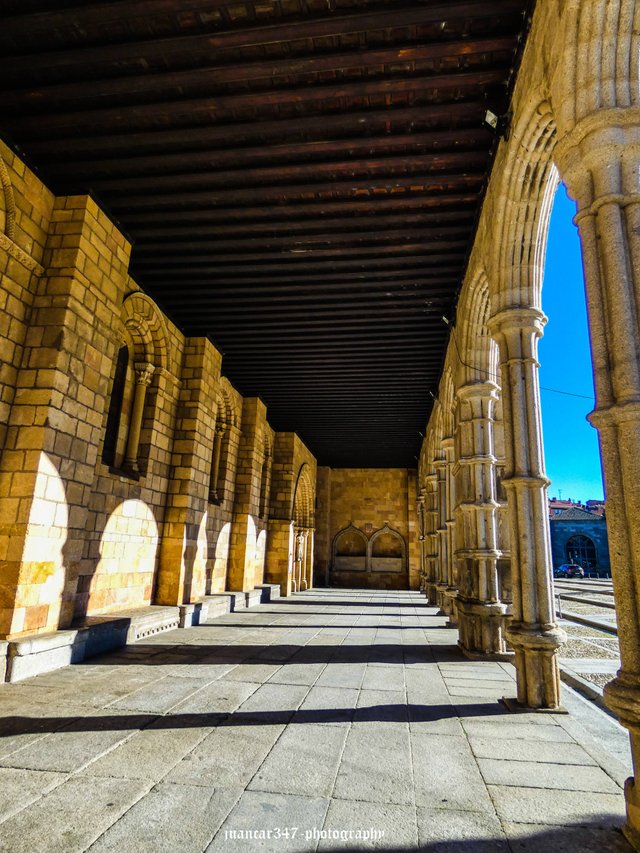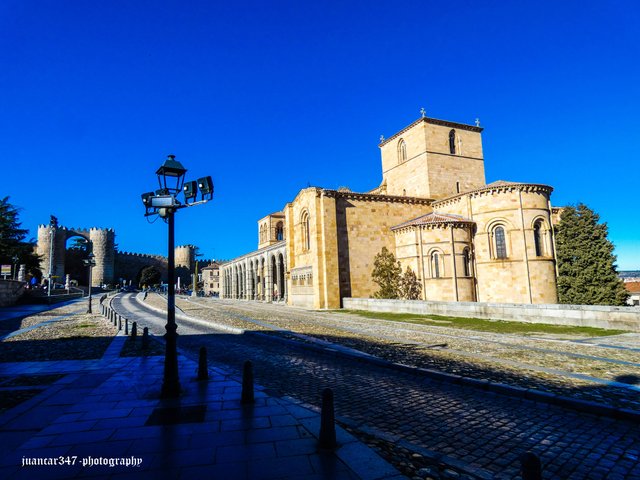[ENG-SPN] Master Fruchel made me / El Maestro Fruchel me hizo

Most of the Magister Muri, that is, the medieval Master bricklayers, were usually anonymous characters who put their knowledge, their art and their work before their name and their category, although they could not avoid being followed by admiration in their time, based on the perfection and beauty of the buildings, especially of a religious nature, that they built, both inside and outside the countless pilgrimage routes that, from south to north or from east to west, crossed all the cardinal points of Spain.

Some, undoubtedly somewhat more conspicuous than the rest, showed a slight hint of vanity, engraving their name on some sculpture - the typical figure was a hooded monk holding an open book in his hands in which that name appeared - or on the jambs of the main entrance porticos, before the famous Latin phrase 'me fecit': 'he made me'.

Of others, however, we know something more, because, for some curious reason, they appeared in the chronicles or documents of the time and thanks to this, we know that, in this case, it was a French Master, who, accompanying the entourage of Raimundo de Borgoña, in charge of the repopulation of these lands and following, apparently, some of the patterns used by Master Mateo in the cathedral of Santiago de Compostela, such as the forked doors, built this beautiful and surprising basilica of San Vicente, in the heart of the ancient territory par excellence of the Arevaci: Ávila.

La mayoría de los Magister Muri, es decir, los Maestros albañiles medievales solían ser personajes anónimos que anteponían su saber, su arte y su trabajo, a su nombre y su categoría, aunque no podían evitar que la admiración les persiguiera en su época, en base a la perfección y la belleza de los edificios, sobre todo, de índole religiosa, que levantaban, tanto dentro como fuera de los innumerables caminos de peregrinación, que, de sur a norte o de este a oeste, atravesaban todos los puntos cardinales de España.

Algunos, sin duda, algo más conspicuos que el resto, manifestaban un ligero conato de vanidad, grabando su nombre en alguna escultura -era típica la figura de un monje con capucha que mantenía abierto entre sus manos un libro en el que figuraba dicho nombre- o en las jambas de los pórticos principales de entrada, antes de la famosa frase latina ‘me fecit’: ‘me hizo’.

De otros, sin embargo, sabemos algo más, porque, por alguna curiosa razón, aparecieron en las crónicas o documentos de la época y gracias a ello, conocemos, que, en este caso, fue un Maestro francés, quien, acompañando al séquito de Raimundo de Borgoña, encargado de la repoblación de estas tierras y siguiendo, al parecer, algunos de los patrones utilizados por el Maestro Mateo en a catedral de Santiago de Compostela, como las puertas bífidas, levantó esta hermosa y sorprendente basílica de San Vicente, en el corazón del viejo territorio por excelencia de los arévacos: Ávila.

NOTICE: Both the text and the accompanying photographs are my exclusive intellectual property and therefore, are subject to my Copyright.
AVISO: Tanto el texto, como las fotografías que lo acompañan, son de mi exclusiva propiedad intelectual y por lo tanto, están sujetos a mis Derechos de Autor.
